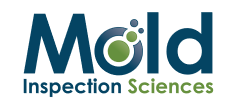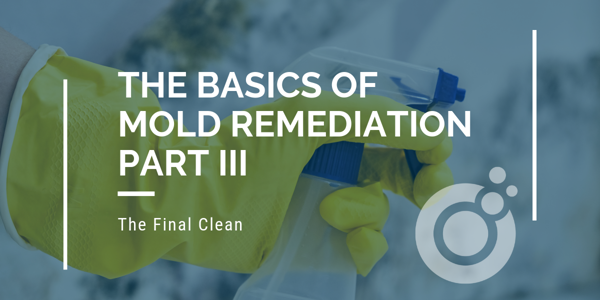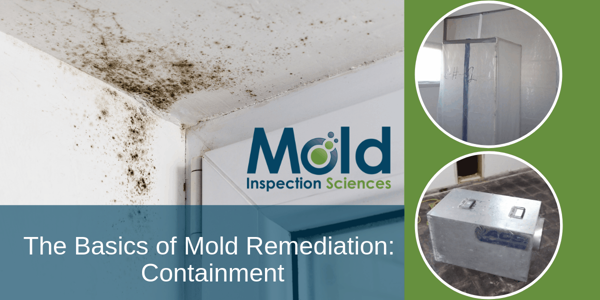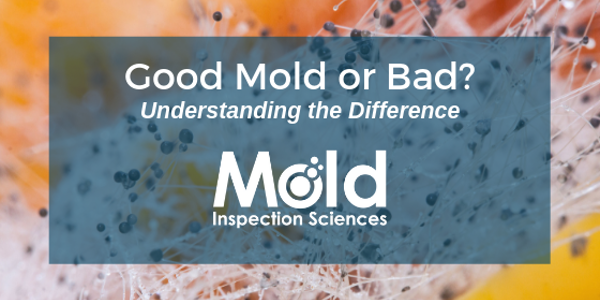How Mold Grows and Why It Can Become a Problem

Mold is a common issue that everyone deals with
We see it grow on outdated produce and in our bathrooms or kitchens, unknowingly lurking in our attics and the garden out back.
If it’s such a common thing, why is there so much about it we don’t know and understand? At Mold Inspection Sciences, we receive lots of questions about how mold grows and why it’s such a big problem. So, in this post, we want to help take some of the mystery out of mold by explaining what it is, how it works, and when you might need to bring in a professional for help.

What Is Mold
Mold is a type of fungus that grows from tiny spores that float in the air. These spores may not pose an immediate threat, but under the right conditions, they have the potential to develop into visible colonies that are all part of the same organism.
There are many different types of mold, and each one varies slightly as to how and where it grows and what risks it poses. The most common types of mold found indoors include the following.
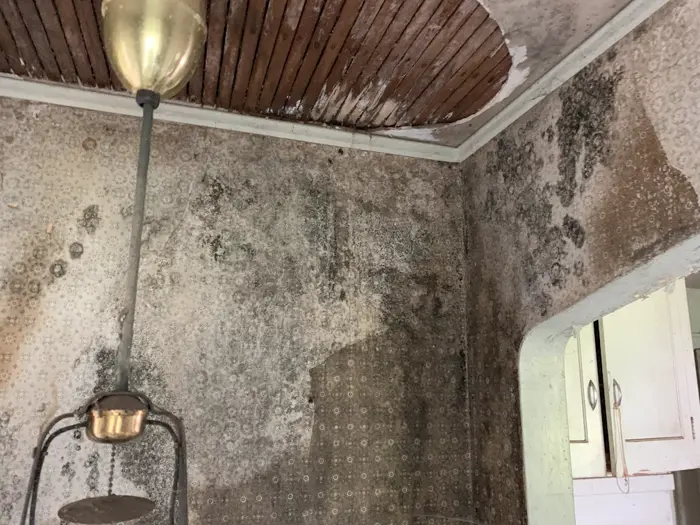

Aspergillus
Aspergillus is often found in food, such as grains or nuts, soil, decaying vegetation, and places like HVAC units or cellulose-rich building materials. For mold sensitive people exposed to these spores, the most common symptoms caused may include respiratory infections, allergic reactions, and fungal infections.
(Photo credit: https://phil.cdc.gov/)

Cladosporium
Cladosporium prefers cooler temperatures and tends to be found on fabrics, wood surfaces, tile, or grout. It may trigger allergies and asthma. However, most Cladosporium species aren’t dangerous to humans.
(Photo credit: https://phil.cdc.gov/)

Penicillium
Penicillium is another common mold type that thrives in rotting food, house dust, vinyl, wood, concrete foundations, and painted masonry. Like many of its counterparts, Penicillium can trigger some allergic reactions in individuals who are sensitive to mold.
(Photo credit: https://phil.cdc.gov/)

Stachybotrys
Stachybotrys, also known as "black mold," grows on water-damaged, cellulose-rich materials and has been associated with more severe health problems.
(Photo credit: https://www.blackmould.me.uk/)
How Does Mold Grow
Mold spores are everywhere, but again, it takes the right conditions for them to survive and grow. Like most living organisms, mold needs food, water, and oxygen.
Moisture is the most critical factor; mold cannot grow without it. Leading moisture sources in a property include high humidity, condensation, and water leaks or damage. Regarding temperatures, the sweet spot for mold is between 60 and 80 degrees Fahrenheit, a common range for indoor environments. As for food, mold feeds on materials such as wood, paper, carpet, and virtually any organic carbon-containing matter. These substances are broken down by the secretion of digestive enzymes, making the food source easier for mold to consume.
Visible mold growth can be seen in as little as 24 hours after the introduction of food, water, and oxygen, so it’s critical to be proactive and work on drying out any water damage immediately upon discovery.
Download our Free Flood Recovery Check List
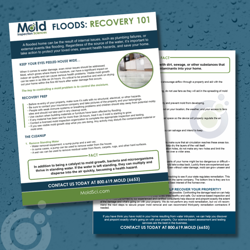
Your Flood Recovery Questions Answered
Here’s How to Get Started When Flooding Has Impacted Your Property. This free download will help you confidently move forward with a flood recovery plan of action to ensure that you proceed the safe way and the right way.
Why is Mold a Problem
Aside from “eating” and damaging the materials it grows on, mold can have negative health implications. It can trigger allergic reactions, cause respiratory issues, and worsen conditions like asthma for some individuals. Symptoms of mold exposure can include coughing, congestion, and eye irritation. Long-term exposure may increase sensitivity and lead to more severe conditions. All of this is especially true for anyone who is immunocompromised. That’s why it’s so important to be proactive in preventing mold and to take swift action whenever there is a suspected issue.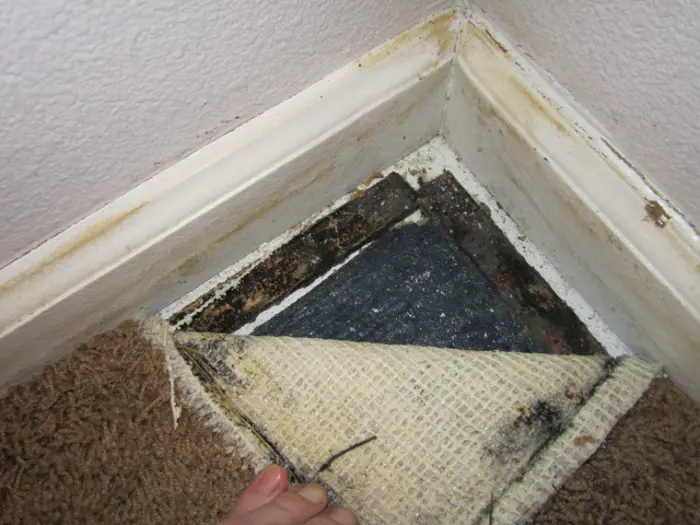
Preventing mold growth in a property is much easier than removing it.
Preventing Mold Growth
Preventing mold growth in a property is much easier than removing it. Our top recommendations for keeping your home safe and mold-free include:
- Controlling humidity levels. Ideally, indoor humidity should be between 30% and 50%.
- Fixing leaks and promptly addressing any other areas of water damage.
- Utilizing exhaust fans when bathing and cooking.
- Performing regular maintenance on your HVAC units.
- Performing regular home maintenance to manage external water sources, such as cleaning out the gutters, repairing building/foundational leaks, and addressing areas of poor water drainage around the building.
While mold is a natural part of the environment, preventing its growth inside our homes is essential to avoid damage and health risks. If you suspect a potential mold issue in your property, schedule a professional mold inspection with a company like Mold Inspection Sciences that does not offer remediation to avoid a conflict of interest. The mold inspection and remediation processes are two different specialties requiring their own training.
A certified mold inspector will use specialized tools and equipment to detect mold-like growth, even in hard-to-reach areas. They will also be able to identify the type of mold present and determine the extent of the contamination by collecting and analyzing samples.
If mold is found, the next step is to have it removed by a professional mold remediation company. We discourage you from considering mold removal as a DIY project. Attempting to remove mold on your own is very dangerous and could worsen the problem.
